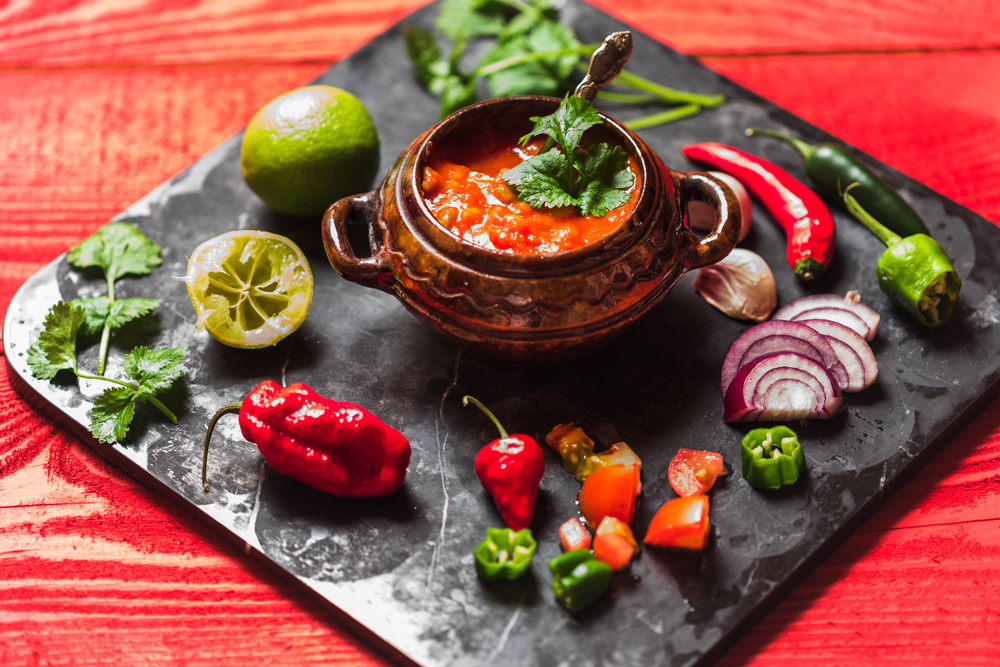Don't spend all day Sunday meal prepping lunches for the week. Here are three healthy, and quick lunch ideas that won't take hours.

Which of These Delicious Dips Will Give You The Most The Most Bang For Your Bite
Whether you’re having a party, going to a party, spending time with family, or just sitting at home on the couch, there’s a good chance there will be snacks involved. It’s easy to overindulge, so take a look at our comparisons of three delicious dips options and decide which one’s the right choice for you, whatever you’re doing.
Nutrition in Mexican Style Dips:
Fat and Calories
Guacamole is calorie-dense and full of unsaturated fats, making it a good way to add more healthy fats to your diet. Queso has more than twice as many calories as guacamole, but it has much more saturated fat, meaning it generally shouldn’t be eaten in excess. Salsa is low in calories, with no fat, so if you’re watching calories, salsa is the way to go.
Vitamins
Salsa is made primarily of tomatoes, onions, and peppers, so it has all the vitamins and minerals those vegetables contain: vitamin A, vitamin C, calcium, iron, B-vitamins and magnesium are common to find in salsa. Guacamole is made of avocadoes, and sometimes has a small amount of tomatoes, onions and peppers added, so you’ll find vitamin C, vitamin B-6, and magnesium in high amounts. Queso is melted cheese, added oil, and sometimes peppers, so it’s the richest in calcium (and not much else).
Protein
None of these dips are very high in protein. Queso has the most protein since the cheese it’s made of is primarily fat, with a small amount of protein and a smaller amount of carbs. Guacamole has some naturally occurring protein. Salsa has no protein since it’s made of vegetables. To add some protein to your snacking endeavors whip up a delicious bean dip to compliment any of these yummy favorites.
Carbs
Salsa has the most carbs, but it’s low on the glycemic index (meaning the carbs don’t process quickly and will not lead to blood sugar spikes and crashes). Avocados similarly have a moderate amount of carbohydrates but are low on the glycemic index due to most of the carbohydrates being dietary fibers. Queso has very few carbohydrates, and those are mainly dependent on the specific ingredients.
Versatility
All three dips are available in many varieties, ranging from mild to spicy, sweet to savory. Queso can be substituted into any dish that uses cheese to add a little zing. Guacamole can be used in place of mayonnaise on sandwiches for added nutrition and flavor. Salsa can be added to nearly any savory dish—casseroles, chili, salads, eggs—to add a serving of vegetables and a little (or a lot) of spice.
Overall
Queso is high in fat (especially saturated fat) and has a lot of added sodium. Guacamole is also calorie-dense, but is high in unsaturated fat and has some important vitamins. Salsa is lower in calories, with no fat and has many beneficial vitamins. Our recommendation? Don’t avoid queso or guacamole in moderation (they’re delicious!), but if you want a flavorful, low-calorie snack you can fill up on without added guilt, grab some salsa.


